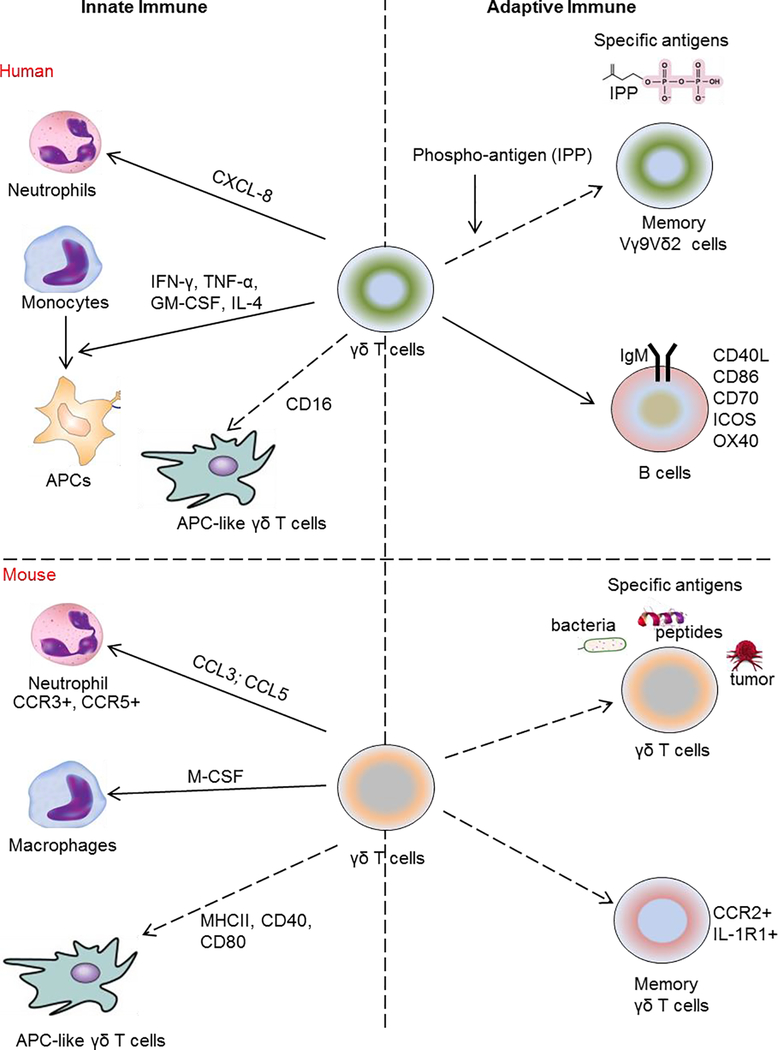Figure 2: Functional roles of human/murine γδ T cells in immune responses.
The figure illustrates the roles of human (upper panel) and mouse (lower panel) γδ T cells in innate and adaptive immune responses. In human, γδ T cells induce neutrophil migration through regulation of CXCL8 production, monocyte differentiation into antigen presenting cells (APCs) through release of IFN-γ, TNF-α, GM-CSF, and IL-4 and function as a professional phagocyte via antibody opsonization and CD16 (FcγRIII), leading to antigen processing and presentation on MHC class II. For adaptive immune responses, non-peptide phospho-antigens are specific antigens for Vγ9+Vδ2+ γδ T and also induce robust expansion of memory Vγ9+Vδ2+. γδ T cells induce the expression of essential B-cell co-stimulatory molecules including CD40L, CD86, CD70, OX40, and ICOS as well as secretion of IgM by B cells.
In mouse, γδ T cells regulate macrophages and neutrophils through release of M-CSF (responsible for macrophages polarization), CCL3 and CCL5 (chemokines for neutrophil migration). Activated γδ T cells are also capable of expressing MHC class II and co-stimulatory molecules (CD40 and CD80) presenting the specific antigen to other immune cells. For adaptive immune responses, γδ T cells have the ability to recognize and are specifically stimulated by a different antigens derived from bacteria, small peptides, and tumor cells and function as memory γδ T cells (CCR2+ and IL-1R+).

